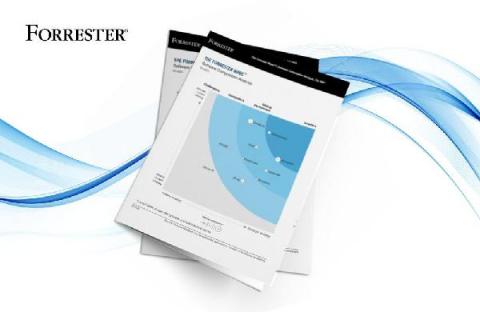The Forrester Wave Software Composition Analysis, Q3 2021: Key Takeaways
The Forrester Wave™ Software Composition Analysis, Q3 2021 report states that open source components made up 75% of all code bases in 2020. This is more than double the 36% in 2015. As organizations increasingly rely on external components to quickly add functionality to their own proprietary solutions, they take on greater risk, especially considering these open source components may contain unmitigated vulnerabilities or violate organizations’ compliance policies.





